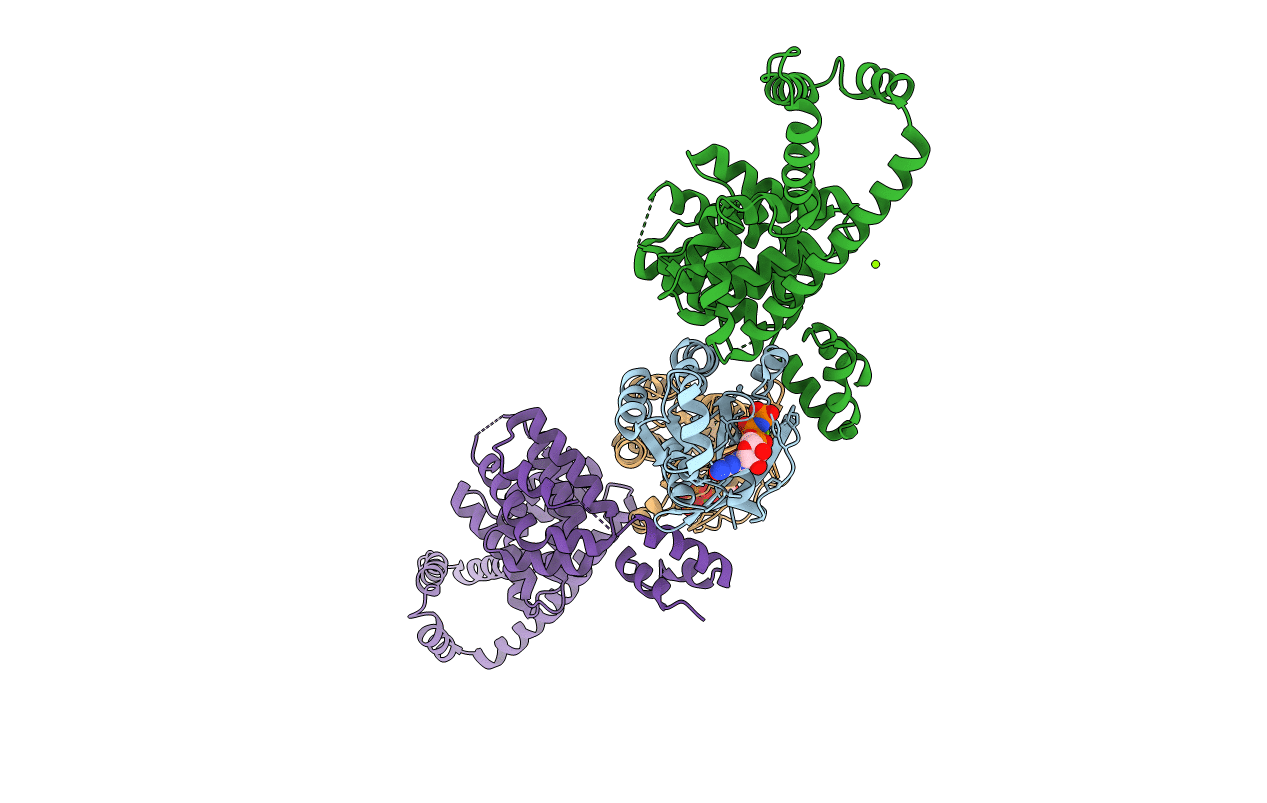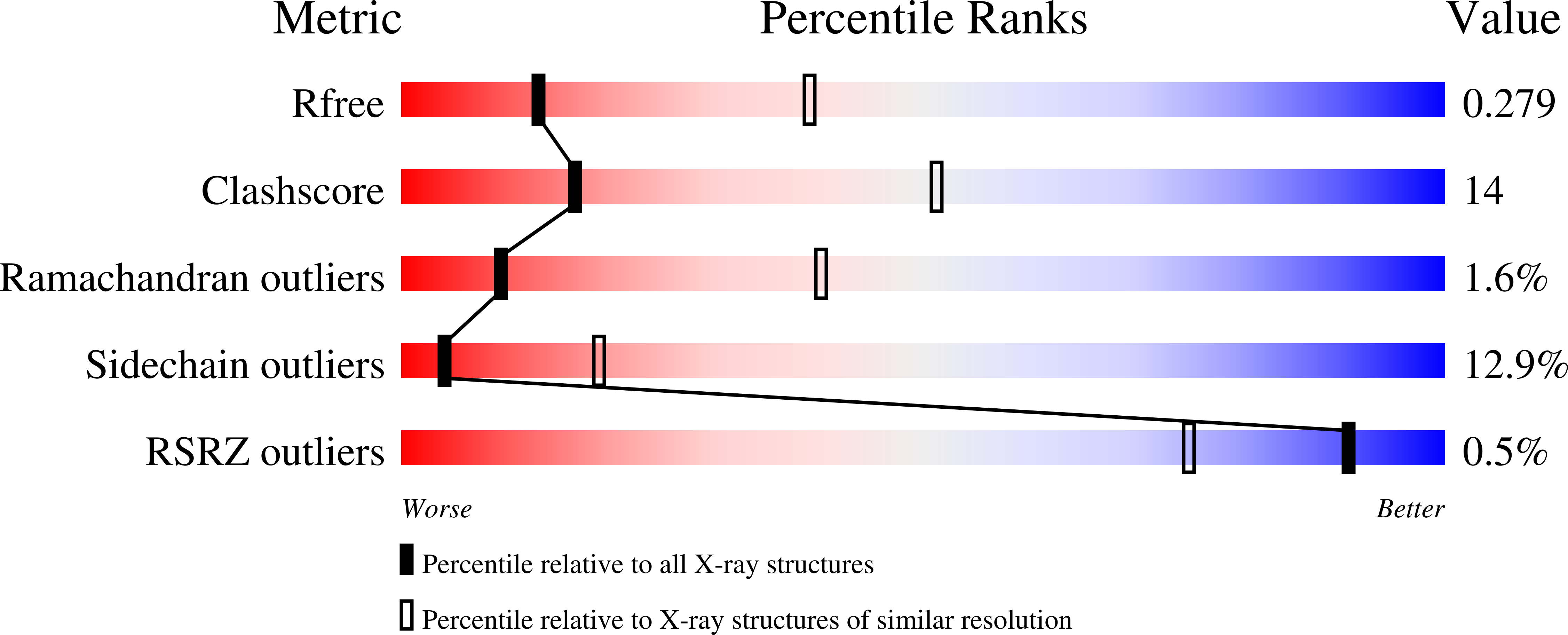
Deposition Date
2005-03-08
Release Date
2005-05-10
Last Version Date
2024-02-14
Entry Detail
PDB ID:
1Z2C
Keywords:
Title:
Crystal structure of mDIA1 GBD-FH3 in complex with RhoC-GMPPNP
Biological Source:
Source Organism:
Homo sapiens (Taxon ID: 9606)
Mus musculus (Taxon ID: 10090)
Mus musculus (Taxon ID: 10090)
Host Organism:
Method Details:
Experimental Method:
Resolution:
3.00 Å
R-Value Free:
0.28
R-Value Work:
0.21
R-Value Observed:
0.21
Space Group:
P 21 21 2


